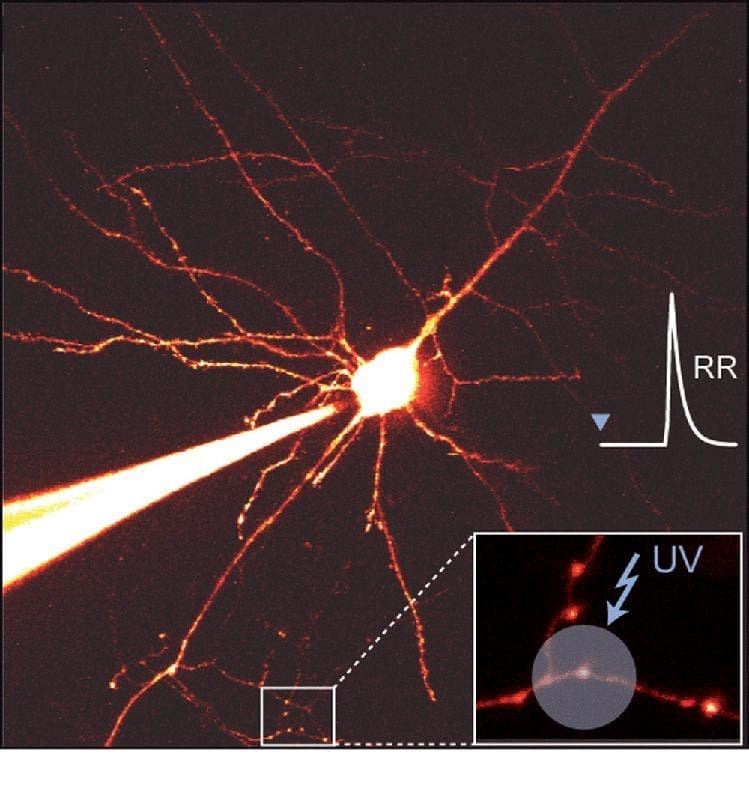Reliable signal transmission in the brain: new findings from Leipzig
Researchers at the Carl Ludwig Institute of the University of Leipzig have discovered that signal transmission between nerve cells in the cerebral cortex functions reliably even at low calcium concentrations – in contrast to the posterior brain area. These findings, published in the journal Science, expand our understanding of the healthy brain and could advance the development of neuronal networks in the computer industry.

In the cortex, the “gray matter” of the brain, around 100 billion neurons process sensory impressions, thoughts and feelings. Communication takes place via synapses, where calcium ions bind to sensor proteins and release neurotransmitters that trigger electrical signals in recipient cells. “Signal transmission in the cortex is much more reliable than in other regions of the brain,” explains Prof. Dr. Hartmut Schmidt, head of the study at the Carl Ludwig Institute. The decisive factor is the sensor protein synaptotagmin 1, which reacts even at low calcium concentrations – unlike synaptotagmin 2 in the posterior region of the brain. “This makes cortical synapses not only reliable, but also plastic, which enables adaptability,” says Schmidt.
The study, funded by the DFG and ERC, investigated mouse cells in the somatosensory cortex using the patch-clamp technique, UV and two-photon laser microscopy and a new method called “axon walking”, which precisely localizes active synapses. A mathematical model for synaptotagmin 1 has been created, which is accessible to other research groups. “These findings could support therapies for brain diseases and improve neuronal networks in technology,” says Schmidt. Further studies should clarify differences within the cortex.
The articles in the news section are produced by X-Press journalist office
Gender note. The personal designations used in this text always refer equally to female, male and diverse persons. Double/triple references and gendered designations are avoided in favor of better readability. t




